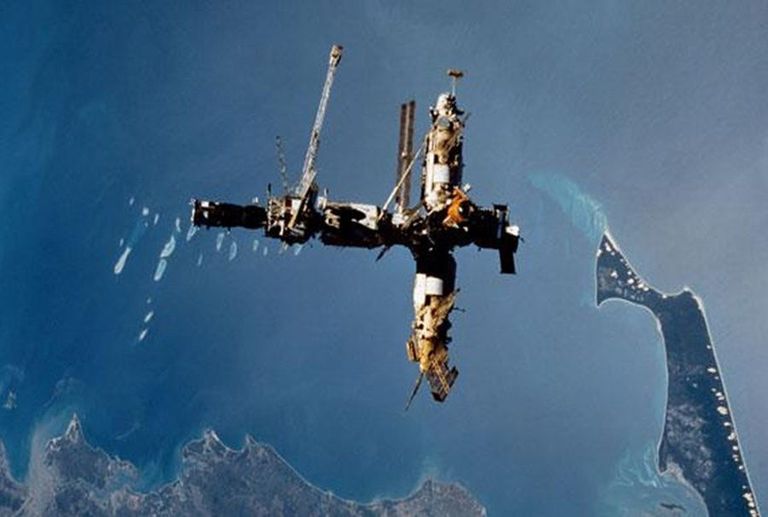When we look up to the sky, we cannot see the many objects that we have launched into space. The human race has been busy launching all sorts of objects into space for the past six decades or so. This includes satellites, space stations, and whatnot into the orbit of our planet. Even right now, about 50,000 human-made bodies are busy orbiting Earth. However, have we ever stopped to wonder where these objects go when it is time for them to retire? Is there a spaceship cemetery? Well, yes, there is actually!
Most of the objects that have ceased operation have become space junk, which is a problem in itself. But the ones that do make it back to Earth, the trip is not easy. The atmosphere is so dense that it burns up almost anything that makes its way across it. For the objects that do survive the fall, there is no way to be sure about where they will land.
So, where do the defunct satellites, spaceships, and space stations that are to be decommissioned go? The answer lies just beyond New Zealand’s southeastern coast in the form of South Pacific Ocean Uninhabited Area, also known as the spaceship cemetery. For about fifty years, the spaceship cemetery has served as the final resting place for spacecraft of all sorts. Today, hundreds of these crafts make their way onto the ocean floor.
The reason why the spaceship cemetery exists at this particular place is quite clever actually. The exact location is known as ‘Point Nemo’ and has been named after the Nemo of 20,000 Leagues Under the Sea frame. This point is Earth’s sole oceanic pole of inaccessibility. Point Nemo, in other words, is the single point that is furthest from the land. This particular stretch of sea, spaceship cemetery, is about 1,600 miles from the nearest shoreline.
Owing to its remote location, the spaceship cemetery is one of the least-trafficked areas of the ocean in the world. This renders it as an ideal place for space debris to be deposited here since there is a minimum risk of endangering any human life. It is leading the multi-ton spacecraft to the spaceship cemetery that is the hard part. The crafts are autonomous, and pilots make use of the remaining fuel reserve to steer them towards the reentry point.
It is when the spacecraft reaches the mesosphere that things become super-challenging. The gases are extremely dense, and friction comes in hot. Take the example of Mir space station that weighed 143 tons upon launch but burned down to only 25 on when it finally reached the water. The final result resembles the 4th of July celebration with fiery metal raining down over miles of the ocean.
Holger Krag explains, ‘The nature of this breakup process brings it that we will have to clear quite a large area to make sure that all fragments will fall within the designated area because they will not fall in one spot.’ However, space organizations need not worry about traffic in the spaceship cemetery because the notice of an incoming craft is put out well before time. As of right now, other than Mir, about 300 other spacecraft are sleeping under the waves of spaceship cemetery including six Salyut stations, the Japanese H-II Transfer Vehicle, and the ESA’s Jules Verne ATV.

